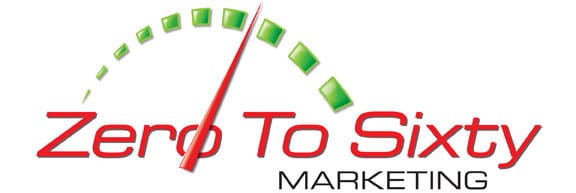Within our unique business model, we all come together from different backgrounds and levels of understanding based on the services we’ve offered our clients over the years. Many times that spurs some interesting conversations about the terms we use within our company and whether or not our clients truly understand what we mean! Here’s a brief list of common definitions that may help you:
- Copy – This is a term that refers to any written product. Copy is the text on the page, and can mean the actual lettering (i.e. bold copy,) or the tone (i.e. dynamic copy, persuasive copy.)
- Content – Content fills space. It includes text, images, video and audio – the content of your blog page, for example, or article content.
- Graphics – Any image needed for any type of marketing material. A graphic can be a photo, a digital representation, an illustration, or even a logo. Letterheads, business cards, and even coffee mugs are examples of items that have graphics.
- Website banner – Sometimes referred to as the header. It’s at the top of a website and is generally a custom designed graphic containing a logo or a picture image in a particular size. Not to be confused with banner ads or banner graphics. Website banners can also be several images that rotate or fade, or even videos.
- Print media – Direct mail, business cards, office stationary, basically the tangible materials in print.
- Business hosting – If you think of your domain as your street address on the Web, your business Web hosting would be your home on the Web. A website’s files reside in a Web hosting account on a server. Examples of hosting platforms include GoDaddy.com, Hostgator.com, Bluehost.com, in addition to many others. Your choice of Web host and the type of hosting you choose can effect your website’s performance. Price should not be the only determining factor in deciding where to host your site. We’ll cover that in another post, but leave your questions in the comments and we’ll be happy to discuss in further detail.
- Custom CMS design – We’ve discovered that this is the optimal website for today’s small to mid-size business due to it’s incredible flexibility. CMS refers to a Content Management System, and requires no desktop software to update. A CMS website can be built on the WordPress blog platform, and allows a company to continually update their own material for search engine friendly optimization. Updating regularly increases spider traffic, which directly impacts the authority-building strategies that cause a website to draw more attention.
- Search engine optimization (SEO) – Optimizing your website so that both the search engines and your visitors notice you is just smart business. SEO is a combination of keyword usage, link strategies, and interactivity that causes your visibility to increase substantially. Some methods show immediate results, some take longer, but all working together continue to impact your website performance over time.
- Autoresponders – An email is automatically sent in response to requested information. It has automatically responded. Once a reader has opted in to receive information from you, consecutively sent emails at certain daily, weekly, or monthly intervals keep your information current and in front of your reader’s eyes, until the sale is completed or aborted. To be done legally, this must include an opportunity for your readers to ‘opt-out’ of receiving that information whenever they want, and a way to contact you through a mailing address. Failure to provide (or act on) opt-out and mailing information violates CAN-SPAM law, enforced by the FTC.
- Video – Actual video footage or webcam video, but additionally includes slideshows and screen captures.
- Local Business Listings – Just because your website shows up in a list of searches does not mean that you’re listed locally in Google, Yahoo, Bing, or any other engine, like Ask.com. Adding your business to those lists improves your business appearance and gives you an opportunity to represent yourself, rather than those engines relying solely on information they simply pull from anywhere your company is mentioned on the web.
- Domain name – Your URL is a domain name, and ends in .com, .net, .org, etc.
I hope this helps! If not, hit reply in our newsletter and ask us for more information! We’ll be happy to respond. If you’re reading this on our blog and have questions or other terms you would like to see defined, let us know and we’ll add them to another post.

Leave a Reply